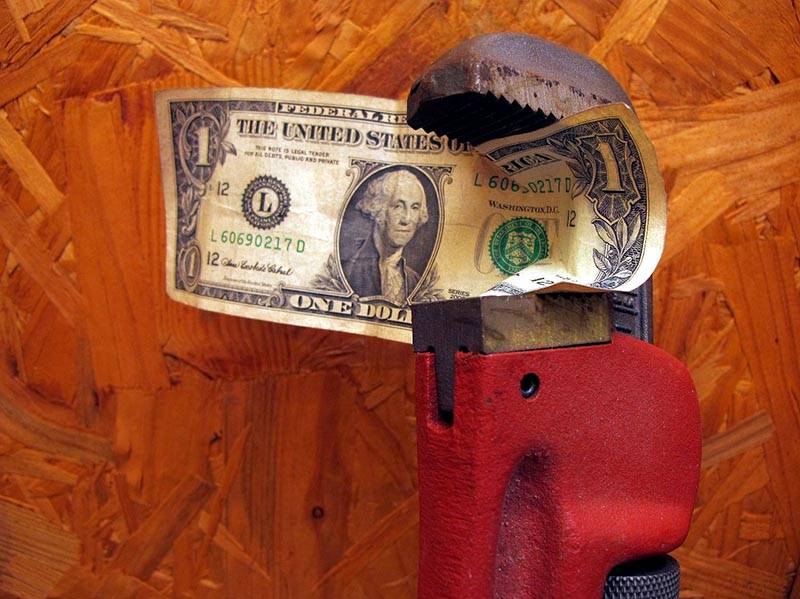The Bay Area has traditionally been a more expensive region in which to purchase real estate than in many other California locales, and housing affordability has tightened considerably since the recession ended — particularly in suburban and outlying counties.
Historic data from The California Association of Realtors’ Housing Affordability Index (HAI) tracks quarterly and annual affordability by county. To determine the percent of the population that can afford to buy a home, CAR uses each county’s median sales price and the mortgage rate at the time and assumes a 20 percent down payment. In order to afford the property, a homebuyer’s monthly payments — including interest, taxes, and insurance — should not exceed 30 percent of household income.
We dug into CAR’s archived and current HAI data to examine how single-family-home affordability has changed across the U.S., California, and the nine Bay Area counties since 2010:
United States: At the end of 2010, 65 percent of Americans could afford to purchase a home. Affordability reached its highest level in the first quarter of 2012, when 71 percent of the population could afford a home. In the first quarter of this year, the national affordability rate stood at 60 percent.
California: Here in the Golden State, 48 percent of residents could afford a single-family home in 2010 compared with 34 percent in the first quarter of 2016. California’s affordability level also peaked in the first quarter of 2012 at 56 percent.
Alameda County: Thirty-two percent of Alameda County households were able to afford a home in 2010. Affordability rose to a high of 45 percent in 2012 and finished the first quarter of this year at 23 percent.
Contra Costa County: In 2010, 61 percent of Contra Costa County residents could afford the median-priced home compared with 38 percent in the first quarter of 2016. Affordability in the county hit a high of 69 percent in 2012.
Marin County: Affordability conditions in traditionally expensive Marin County aren’t much different today than they were six years ago; in 2010, 23 percent of households could afford to make the mortgage payments compared with 20 percent in the first quarter of this year. Marin’s affordability peak also came in 2012, at 32 percent.
Napa County: Napa County‘s affordability level shrunk from 44 percent in 2010 to 24 percent in the first quarter of this year. Affordability reached a high of 50 percent at points in both 2011 and 2012.
San Francisco County: San Francisco was the state’s least-affordable county in 2010, with 21 percent of residents able to afford a home. That’s still true today; CAR pegged affordability in the city at just 13 percent in the first quarter. San Francisco was at its most affordable at the beginning of 2012, when 29 percent of households could buy a home.
San Mateo County: San Mateo County wasn’t and still isn’t much more affordable than its neighbor to the north; 22 percent of households could afford a home in 2010 compared with 16 percent in the first quarter of this year. Affordability in the county peaked in the first quarter of 2012 at 33 percent.
Santa Clara County: Thirty-two percent of Santa Clara County households could afford a home in 2010 compared with 22 percent today and a 2012 high of 42 percent.
Solano County: Solano County has long been the Bay Area’s most budget-friendly enclave, and in 2010, almost three-quarters of the population — 70 percent — could afford a home. Affordability rose to 77 percent in three quarters of 2012 and ended the first quarter of 2016 at 47 percent.
Sonoma County: Affordability in Sonoma County finished 2010 at 41 percent and climbed to a high of 51 percent at points in 2011 and 2012. By the first quarter of 2016, 26 percent of households could afford a mortgage on a home.
Homes are now less affordable than they were six years ago in all nine Bay Area counties. Although CAR noted affordability improvements from the final quarter of 2015 thanks to wage growth, incomes are not keeping up with home price appreciation.
(Photo: Flickr/frankieleon)

